What is Inkjet Printer And How Does it Work?
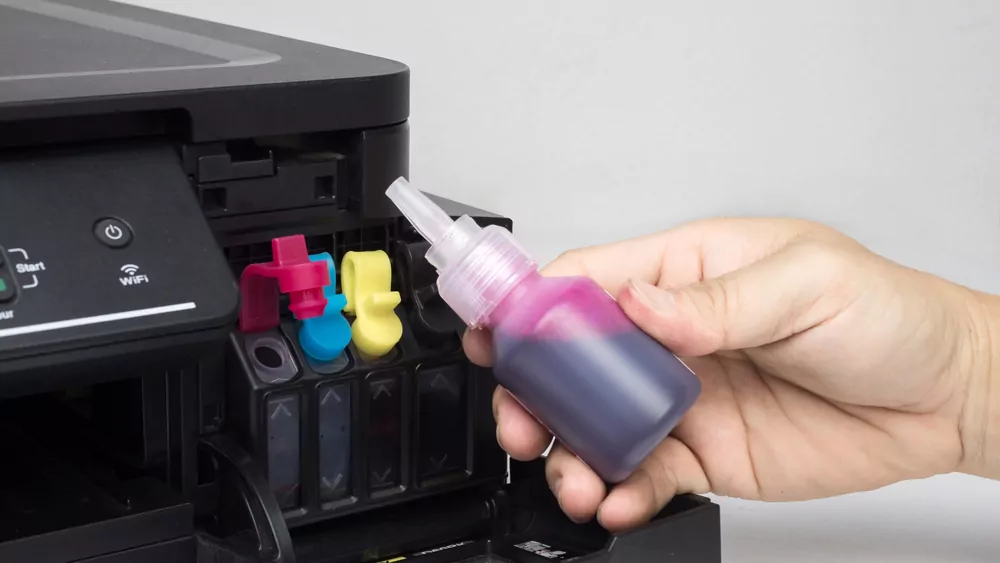
What is inkjet printer technology, and how has it revolutionised the world of printing? Inkjet printers have become a staple in homes and offices around the globe, offering high-quality printing capabilities in a compact and affordable package. This comprehensive guide will delve into the history, technology, types, and applications of inkjet printers, helping you understand the ins and outs of this popular printing method.
1 History of Inkjet Printers
The origins of inkjet printers can be traced back to the 1950s when researchers began exploring the possibility of using ink droplets for printing. The first commercially successful inkjet printer was introduced in the 1970s by Siemens, but it wasn’t until the 1980s that inkjet technology truly took off. Hewlett-Packard (HP), Canon, and Epson emerged as major players in the inkjet printer market, introducing models that were more affordable and user-friendly than their predecessors.
2 Technology Behind Inkjet Printers
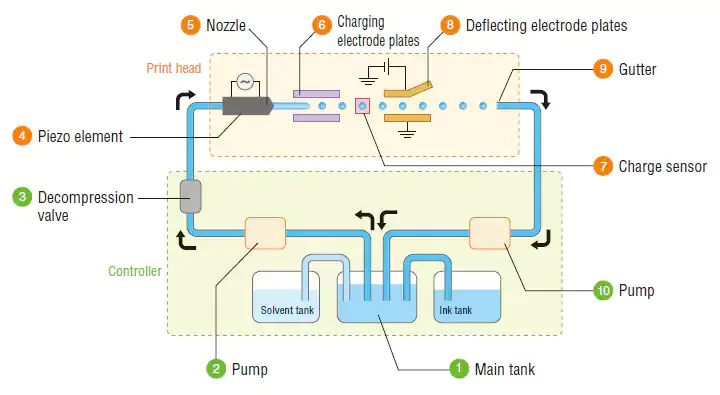
So, what is inkjet printer technology all about? Inkjet printers function by propelling tiny droplets of ink onto paper or other substrates, creating an image. The primary components of an inkjet printer include:
- Print head: The print head is the core of the inkjet printer, housing the nozzles that release the ink droplets. Print heads can be either fixed or replaceable, with the latter allowing for easy maintenance or upgrades.
- Ink cartridges: Inkjet printers use cartridges filled with liquid ink. The cartridges are either integrated with the print head (as in Canon and HP printers) or separate (as in Epson printers).
- Paper feed mechanism: This component ensures that the paper is fed into the printer smoothly and accurately.
- Stepper motor: The stepper motor controls the movement of the print head and paper, ensuring precise alignment of the ink droplets.
- Controller: The printer’s built-in controller processes the data sent from the computer and translates it into instructions for the print head, stepper motor, and other components.
3 Types of Inkjet Printers
When discussing what inkjet printer technology is, it’s essential to recognise that there are various types of inkjet printers available, each with its own set of features and applications. Let’s take a closer look at the different types of inkjet printers and their unique characteristics:
Thermal Inkjet Printers

The most common type of inkjet printer, thermal inkjet printers, uses heat to propel ink droplets onto the substrate. A tiny resistor heats the ink, causing it to expand and be ejected through the nozzle. This process, known as bubble jet technology, allows for precise control over droplet size and placement, resulting in high-quality prints with sharp details and accurate colours. HP and Canon are well-known manufacturers of thermal inkjet printers. These printers are popular for home and office use due to their affordability, ease of use, and versatility in handling various print jobs, including documents and photos.
Key Features:
- Bubble jet technology for precise ink control.
- Suitable for home and office use.
- Compatible with a wide range of media types.
- Affordable and user-friendly.
Piezoelectric Inkjet Printers
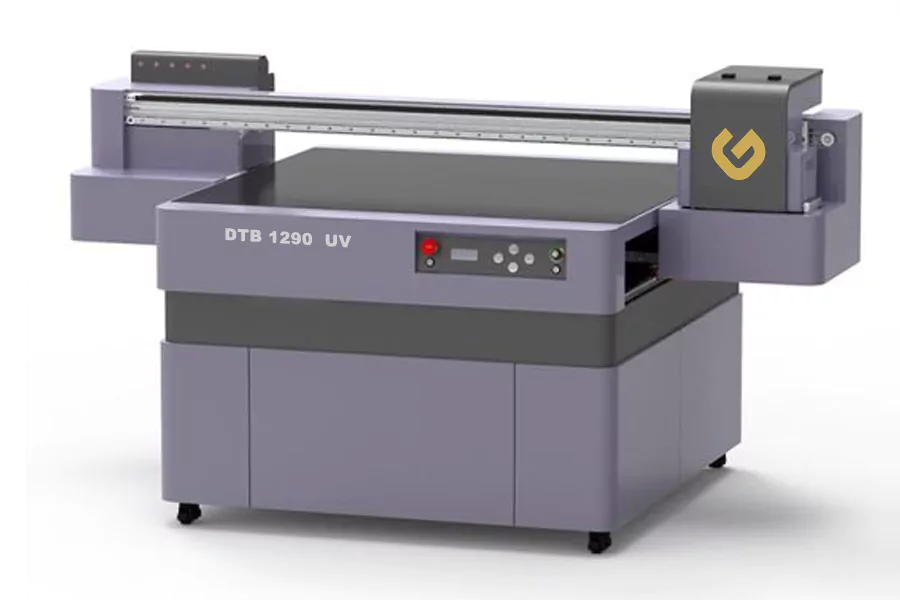
These printers utilise piezoelectric crystals to generate a pressure pulse, forcing the ink droplets out of the nozzle. This process allows for a higher degree of control over droplet size and shape, leading to more accurate and consistent prints. Epson is the primary manufacturer of piezoelectric inkjet printers. These printers are often favoured by professionals, such as photographers and graphic designers, due to their ability to produce high-quality prints with vibrant colours and exceptional detail.
Key Features:
- Precise control over droplet size and shape.
- Ideal for professional applications, such as photography and graphic design.
- High-quality prints with vibrant colours and exceptional detail.
- Durable and long-lasting print heads.
Continuous Inkjet Printers
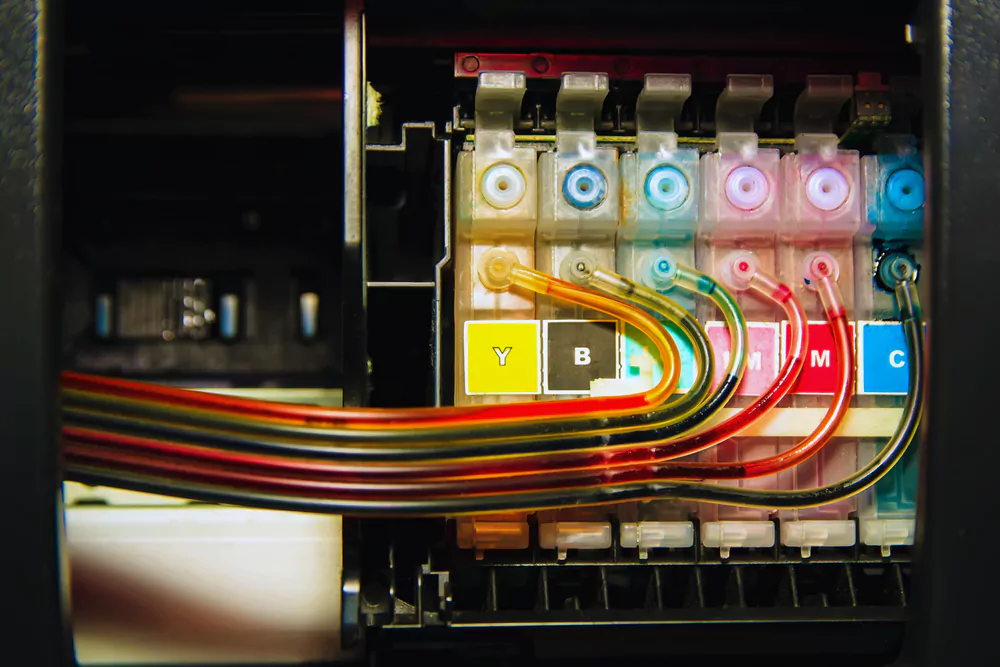
Continuous inkjet printers are used primarily for industrial applications. They continuously propel ink droplets, which are then selectively deflected onto the substrate or collected for recycling. This type of printer is suitable for high-speed, non-stop printing, making it ideal for applications such as product labelling, packaging, and coding. Continuous inkjet printers are known for their reliability and durability, as well as their ability to print on a wide range of substrates, including porous and non-porous materials.
Key Features:
- High-speed, continuous printing capabilities.
- Ideal for industrial applications, such as product labelling and packaging.
- Compatible with a wide range of substrates, including porous and non-porous materials.
- Reliable and durable performance.
UV Inkjet Printers
These printers use ultraviolet (UV) light to cure the ink as it is applied to the substrate, allowing instant drying and increased durability. UV inkjet printers are typically used for printing on non-porous surfaces, such as glass, metal, and plastic. The UV curing process ensures that the ink adheres well to these surfaces, providing resistance to fading, scratching, and environmental factors. UV inkjet printers are popular in industries such as signage, packaging, and direct-to-object printing, where durability and high-quality prints are essential.
Key Features:
- The UV curing process for instant drying and increased durability.
- Suitable for printing on non-porous surfaces, such as glass, metal, and plastic.
- Ideal for applications requiring long-lasting prints, such as signage and packaging.
- High-quality prints with resistance to fading, scratching, and environmental factors.
By understanding the unique features and applications of each type of inkjet printer, you can make a more informed decision when selecting the best printer for your specific needs.
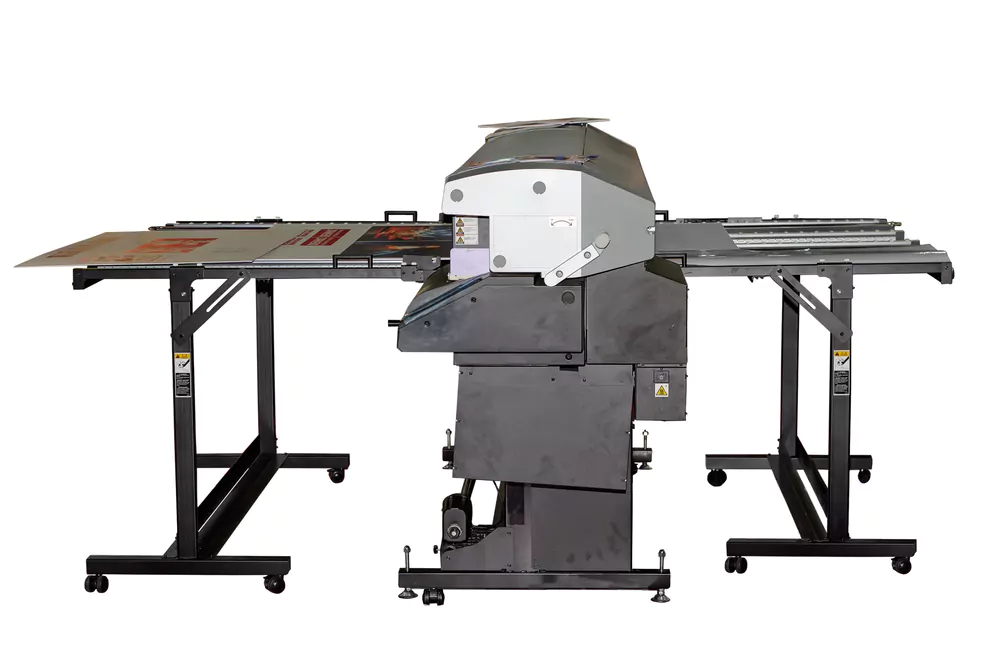
4 Applications of an Inkjet Printer
Inkjet printers have a wide range of applications, from personal use to professional and industrial purposes. Some of these applications include:
- Home Printing: For everyday printing tasks, such as documents, photos, and graphics, inkjet printers offer an affordable and user-friendly solution.
- Office Printing: Inkjet printers are widely used in office settings for producing high-quality documents, presentations, and marketing materials. They are cost-effective, provide quick printing, and require minimal maintenance.
- Graphic Design and Art: Inkjet printers have become increasingly popular among graphic designers and artists thanks to their ability to reproduce vivid colours, sharp details, and various media compatibility. These printers are ideal for creating posters, digital art prints, and packaging prototypes.
- Textile Printing: Digital textile printing using inkjet technology has revolutionised the fashion industry by enabling fast, efficient, and eco-friendly production of custom fabrics, garments, and accessories.
- Commercial Printing: Large-format inkjet printers are widely used in the commercial printing industry for producing banners, signs, and other large-scale graphics.
- Industrial Printing: Industrial inkjet printers, such as continuous inkjet and UV inkjet printers, are utilised for printing on various materials, including metal, glass, plastic, and ceramics. These printers can handle high-volume, high-speed printing requirements.
- 3D Printing: Some 3D printers employ inkjet technology to deposit materials layer by layer, forming three-dimensional objects.
5 Selecting the Right Inkjet Printer
When it comes to understanding what is inkjet printer technology and selecting the right one for your needs, consider the following factors:
- Print Resolution: Measured in dots per inch (DPI), print resolution determines the level of detail and quality an inkjet printer can achieve. Higher DPI values indicate better print quality. For everyday printing tasks, a resolution of 1200×1200 DPI should suffice, while professional applications may require higher resolutions.
- Print Speed: Measured in pages per minute (PPM), print speed is essential for users with high-volume printing needs. Keep in mind that print speed can vary depending on the type of document, quality settings, and the printer’s overall capabilities.
- Connectivity: Ensure that the printer offers the necessary connectivity options, such as USB, Ethernet, or Wi-Fi, to integrate seamlessly with your existing devices.
- Ink System: Determine whether you prefer a printer with integrated or separate ink cartridges, considering factors like cost, ease of maintenance, and colour quality.
- Media Compatibility: Consider the types of materials you plan to print on, such as glossy photo paper, cardstock, or fabric, and ensure that the printer can handle these media types.
- Size and Footprint: Consider the printer’s dimensions and weight, ensuring that it will fit comfortably in your workspace.
- Cost: Evaluate the upfront cost of the printer, as well as the ongoing expenses, such as ink cartridges, maintenance, and power consumption.
6 Wrapping Up
So, what is inkjet printer technology? Inkjet printers have revolutionised the world of printing, offering versatile, high-quality, and affordable solutions for a wide range of applications. By understanding the different types of inkjet printers, their components, and their various uses, you can make an informed decision when selecting the perfect printer for your needs. Whether you’re a casual home user, a professional graphic designer, or an industrial manufacturer, there’s an inkjet printer out there to meet your requirements.
If you are searching for a budget printer, we have got reviewed the best all in one printer under 10000 for office use and some high-end printers for your home and personal use.
Community Q&A
About This Article
This article has been viewed 531 times.



